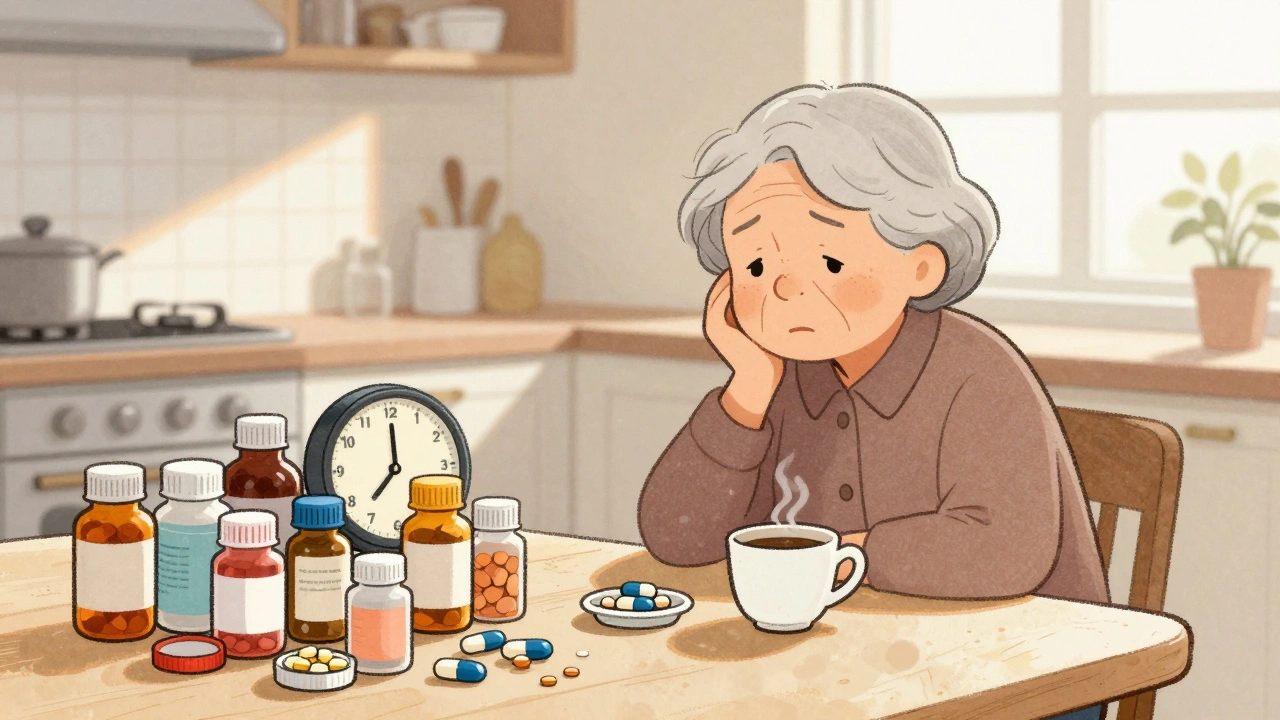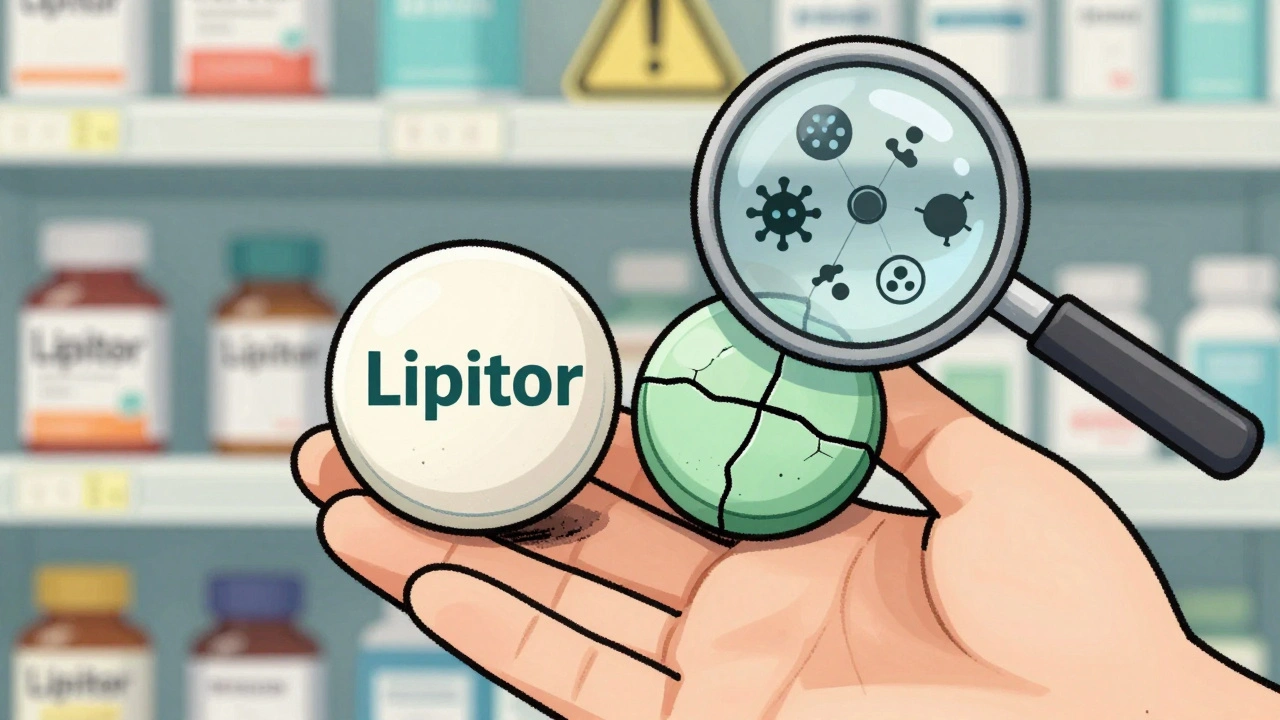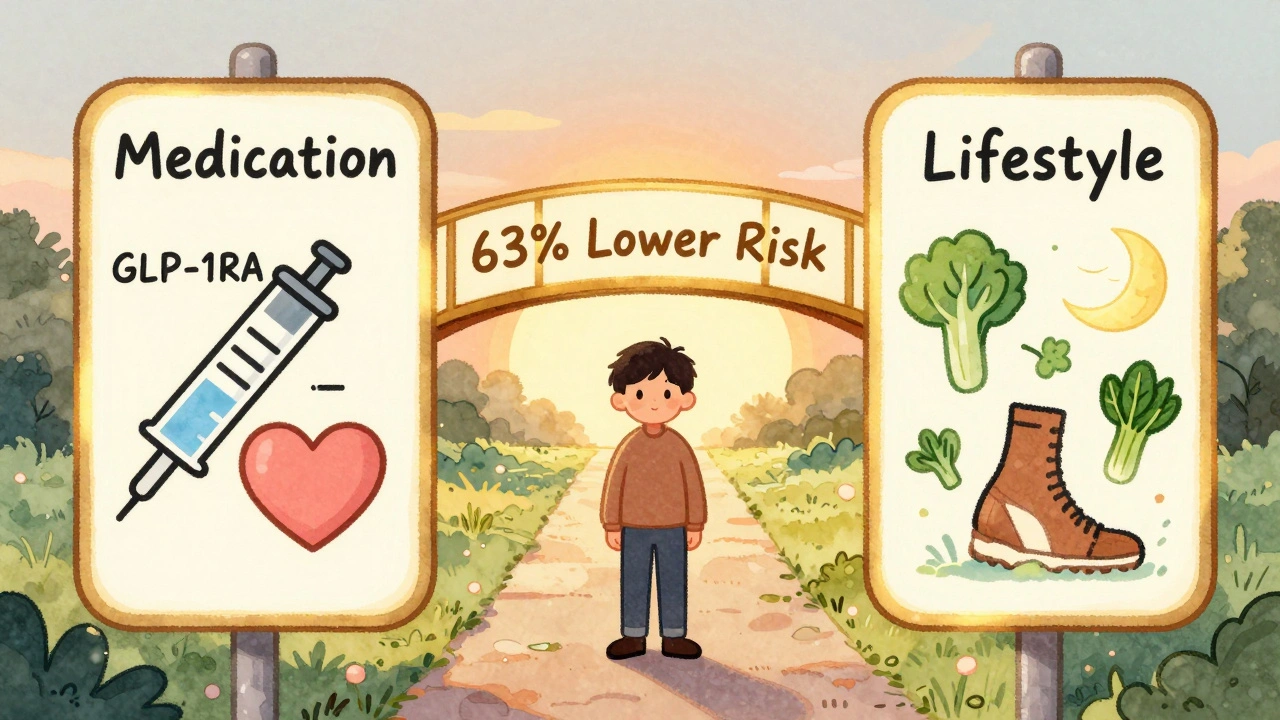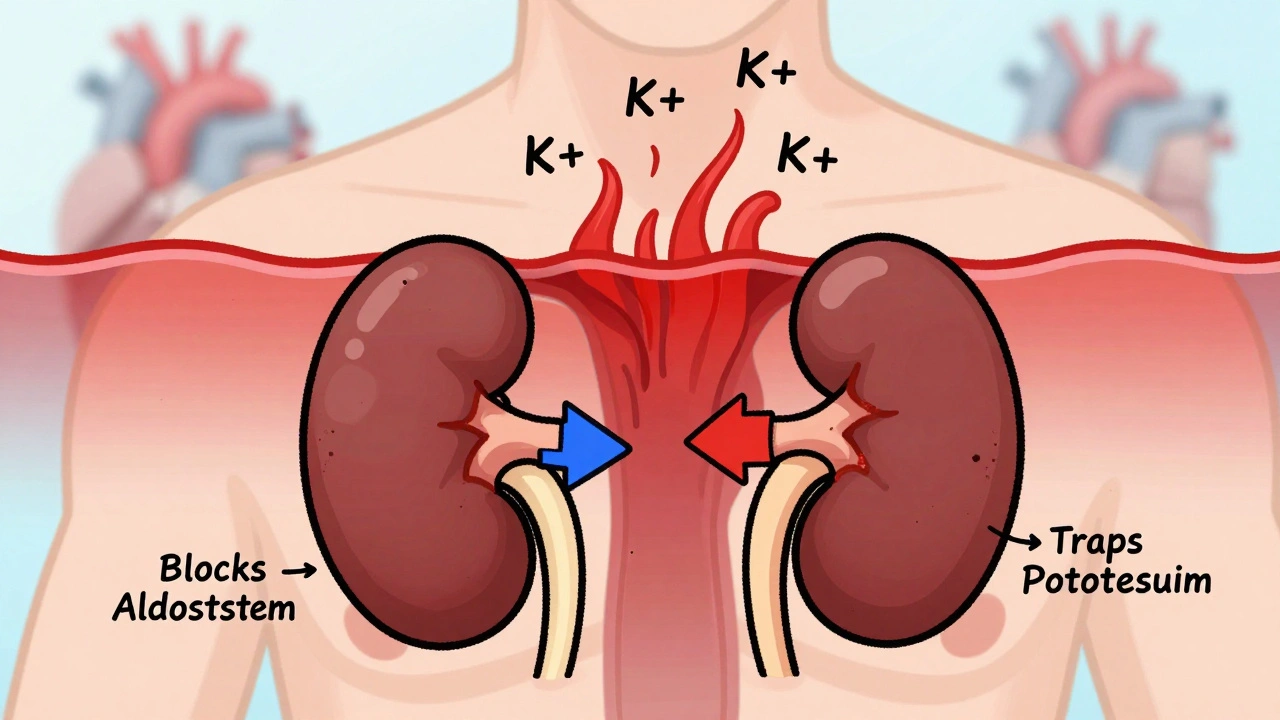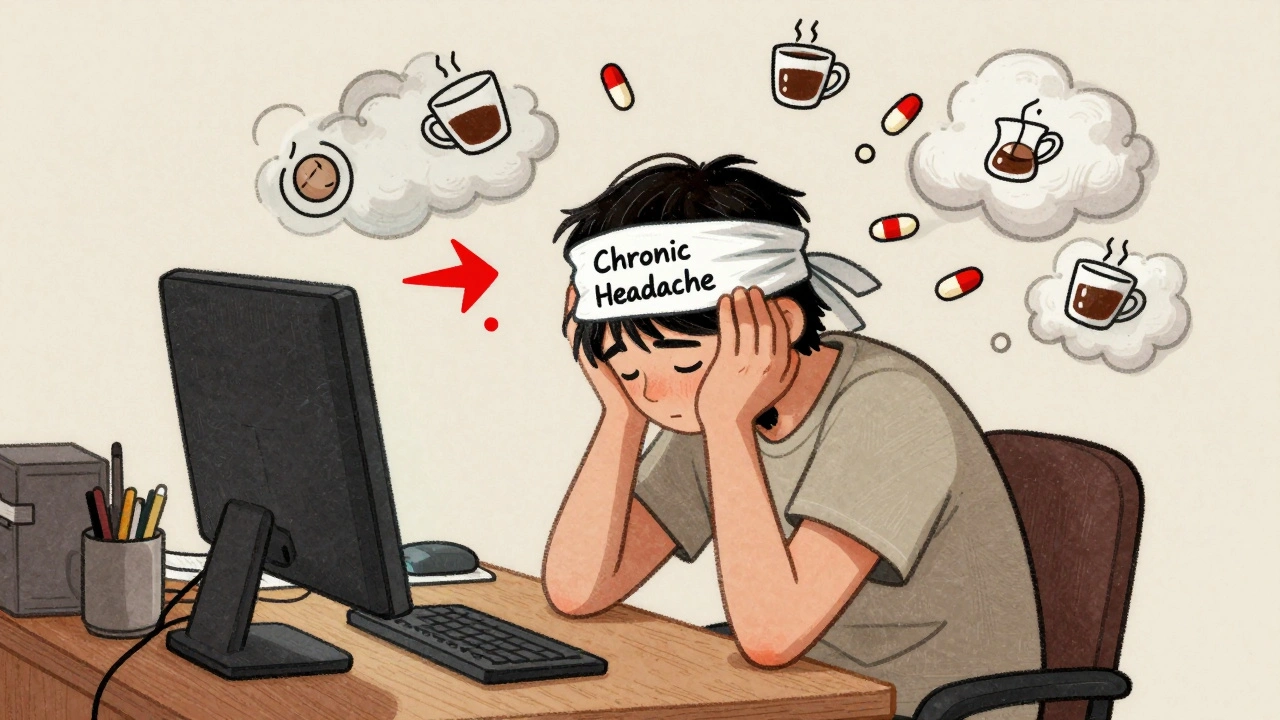Low Density Lipoprotein (LDL) – What It Means and Why It Matters
When working with Low Density Lipoprotein (LDL), the main carrier of cholesterol that can deposit in artery walls and raise heart risk. Also known as bad cholesterol, it is a core focus in routine blood checks and treatment plans. Understanding low density cholesterol gives you a clear line of sight on the biggest preventable cause of heart problems.
One of the first entities linked to LDL is Cardiovascular Disease, a group of conditions involving narrowed or blocked blood vessels. High LDL levels contribute directly to plaque buildup, which narrows arteries and can trigger heart attacks or strokes. The relationship is simple: the more LDL particles you have, the more material there is for plaque to form, and the greater the chance of a cardiovascular event.
To see where you stand, doctors rely on the Lipid Profile, a blood test that measures LDL, HDL, total cholesterol and triglycerides. This single test gives a snapshot of your lipid health, showing whether LDL is in a risky range. The profile also reveals the balance between LDL and its counterpart, high‑density lipoprotein, helping clinicians decide if medication or lifestyle changes are needed.
When the numbers point to danger, many patients turn to Statin Therapy, a class of drugs that lower LDL by reducing the liver’s cholesterol production. Statins are proven to cut heart‑attack risk by 20‑30 % in people with elevated LDL. They work by inhibiting the HMG‑CoA reductase enzyme, which slows down the creation of new cholesterol particles and encourages the liver to pull existing LDL out of the bloodstream.
Medication isn’t the only tool, though. Nutrition and daily habits shape LDL levels just as much as pills. One key dietary factor is Dietary Fiber, soluble fiber found in oats, beans, fruits and vegetables that binds cholesterol in the gut. Consuming 25‑30 g of soluble fiber each day can lower LDL by up to 10 %, offering a natural boost without side effects. Pair fiber with healthy fats—like olive oil or nuts—to keep LDL particles small and less likely to clog arteries.
How to Manage Low Density Levels in Everyday Life
First, get your baseline Lipid Profile. Knowing your exact LDL number tells you whether you fit into a low, moderate or high‑risk group. If the result is above 130 mg/dL, discuss statin options with your doctor and ask about potential side‑effects. Even if medication is prescribed, it works best when paired with a diet rich in fiber, low in saturated fat, and balanced with regular exercise.
Second, watch the hidden sources of saturated fat. Processed meats, full‑fat dairy, and fried foods can push LDL up quickly. Swapping these for lean proteins, low‑fat dairy, or plant‑based alternatives reduces cholesterol input and supports a healthier lipid balance.
Third, make movement a habit. Aerobic activity—like brisk walking, cycling or swimming—for at least 150 minutes a week raises HDL (the good cholesterol) and helps the body clear LDL more efficiently. Even short bursts of activity, such as taking stairs instead of elevators, add up over time.
Fourth, control weight. Excess body fat, especially around the waist, raises LDL and lowers HDL. A modest 5‑10 % weight loss can improve both numbers dramatically, sometimes enough to delay or avoid medication.
Fifth, limit alcohol and quit smoking. Alcohol can raise triglycerides, indirectly influencing LDL, while smoking damages the lining of arteries, making it easier for LDL‑driven plaque to stick. Cutting these habits out sharpens the protective effect of any LDL‑lowering strategy you adopt.
Finally, stay consistent with follow‑up tests. LDL levels can shift with diet, stress, weight changes or new meds. Regular Lipid Profiles—every six months to a year—keep you and your clinician on the same page, allowing quick adjustments before problems grow.
All of these pieces—test results, medication options, fiber‑rich meals, exercise, weight control, and habit changes—fit together like a puzzle. When you understand how each entity interacts with low density cholesterol, you can craft a plan that fits your lifestyle and health goals. Below you’ll find a range of articles that dive deeper into each of these topics, from detailed drug comparisons to practical diet tips, giving you the tools to take charge of your LDL and protect your heart.

How Low Density Shapes Walkable, Bike‑Friendly Communities
Explore how low density can still support walkable, bike-friendly neighborhoods through smart design, policy tools, and real‑world examples.

